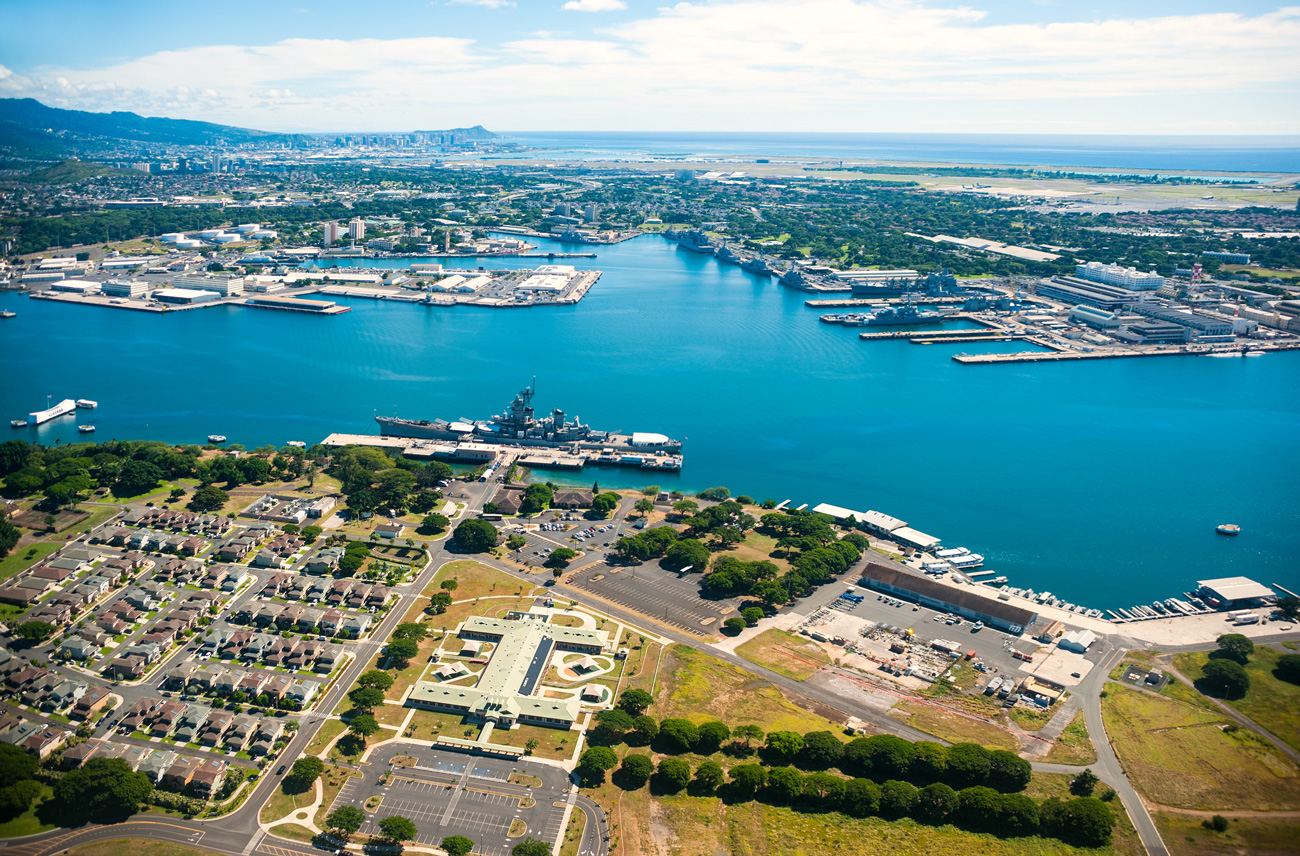
U.S. Navy Poisonous Leak Crisis in Hawaii Water Supply
A gigantic fuel storage installation inside a mountain on the Hawaiian island of Oahu holds over 100 million gallons of highly toxic and flammable aviation fuel. In January 2014, a corroded pipeline ruptured, spilling 27,000 gallons of jet fuel into the soil near Pearl Harbor.
The U.S. Navy, which owns and operates the facility, did not immediately disclose the spill. When the truth finally came out, the public was outraged. The state of Hawaii has filed a lawsuit against the Navy, demanding that it clean up the contamination and pay for damages. Meanwhile, residents are worried about the safety of their drinking water.
The U.S. Navy has been storing aviation fuel in underground tanks at the Red Hill Bulk Fuel Storage Facility since the 1940s. The facility is located just a few miles from Pearl Harbor, and it supplies fuel to military ships and planes in the area. There are 20 fuel tanks at the site, each one holding up to 500,000 gallons of jet fuel.
The pipeline that ruptured in 2014 was built in the 1940s, and it runs from the tanks to an underground fueling station. The Navy says that the pipeline is made of steel and has a coating of asphaltic concrete, which is supposed to protect it from corrosion.
However, an investigation by the Honolulu Star-Advertiser found that the pipeline had been leaking fuel since at least 2005. In 2012, the newspaper reported, the Navy spent $3 million to repair leaks in the pipeline.
The pipeline rupture in 2014 was caused by corrosion that had eaten through the asphaltic concrete coating. Fuel leaked into the soil, and some of it entered an aquifer that supplies drinking water to Honolulu. The Navy estimates that up to 27,000 gallons of jet fuel leaked into the ground.
The U.S. Environmental Protection Agency (EPA) says that jet fuel is a “potential human carcinogen” and can cause liver, kidney, and respiratory damage. It can also contaminate drinking water.
The Navy did not immediately disclose the spill, and it took weeks for the truth to come out. In February 2014, the Honolulu Star-Advertiser reported that the U.S. Coast Guard had been called to investigate a fuel leak at the Red Hill facility. The newspaper also obtained documents that showed that the Navy knew about the leak as early as December 2013.
The news of the spill sparked public outrage. Hawaii’s congressional delegation wrote to the Navy, demanding answers. The state’s attorney general, Doug Chin, said that the Navy had “broken the public’s trust.”
In March 2014, the Navy finally released a statement about the spill. The statement said that the leak had been “contained” and that there was no evidence that fuel had reached the drinking water aquifer. However, tests by the Hawaii Department of Health later found jet fuel in two of the four wells that were tested.
The state of Hawaii has filed a lawsuit against the Navy, alleging that the spill was caused by the Navy’s “negligent maintenance” of the pipeline. The state is seeking to force the Navy to clean up the contamination and pay for damages.
Meanwhile, residents are worried about the safety of their drinking water. In May 2014, the EPA ordered the Navy to provide bottled water to residents who live near the Red Hill facility. The Navy has also installed filters on four of the wells that supply drinking water to Honolulu.
If you or a loved one was stationed at the Red Hill Bulk Fuel Storage Facility, or if you live near the facility, you may have been exposed to harmful chemicals. You may be eligible for compensation from the U.S. Navy. Please contact us today at (702) 570-0000 for a free consultation.
 Sunny
Sunny Commercial Trucking Insurance Requirements
Commercial Trucking Insurance Requirements 